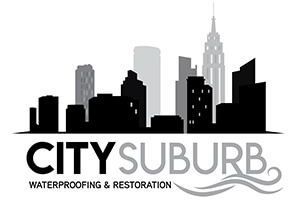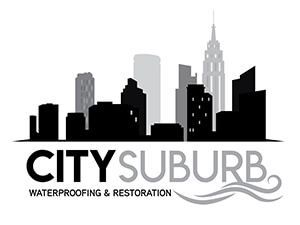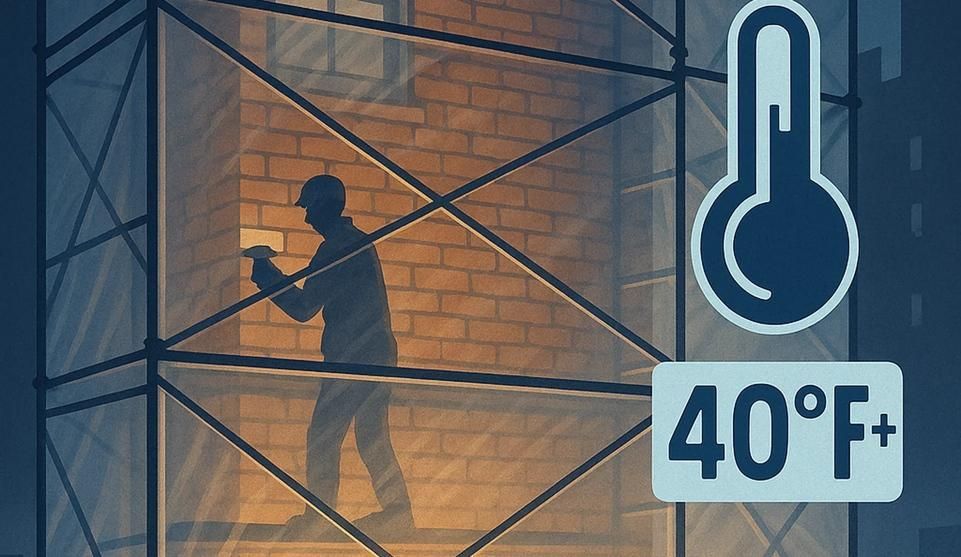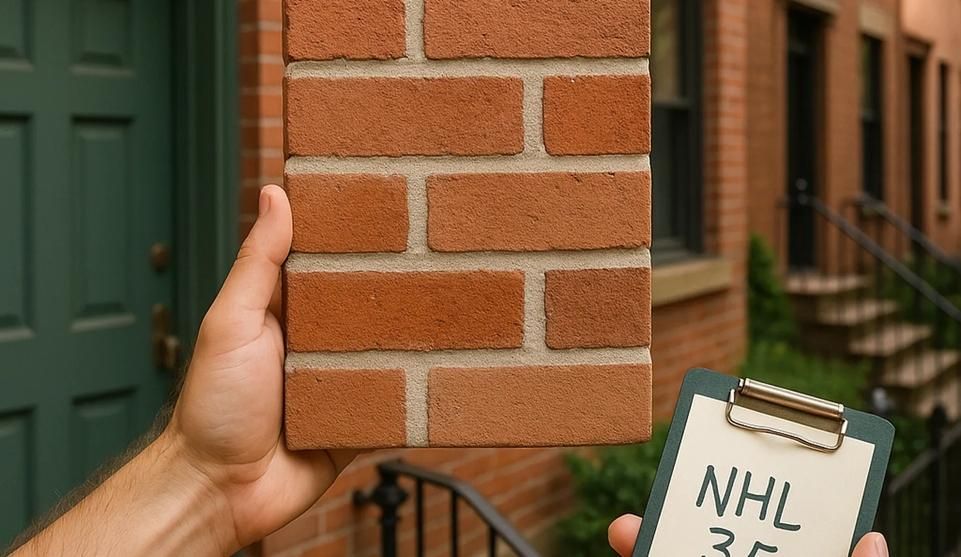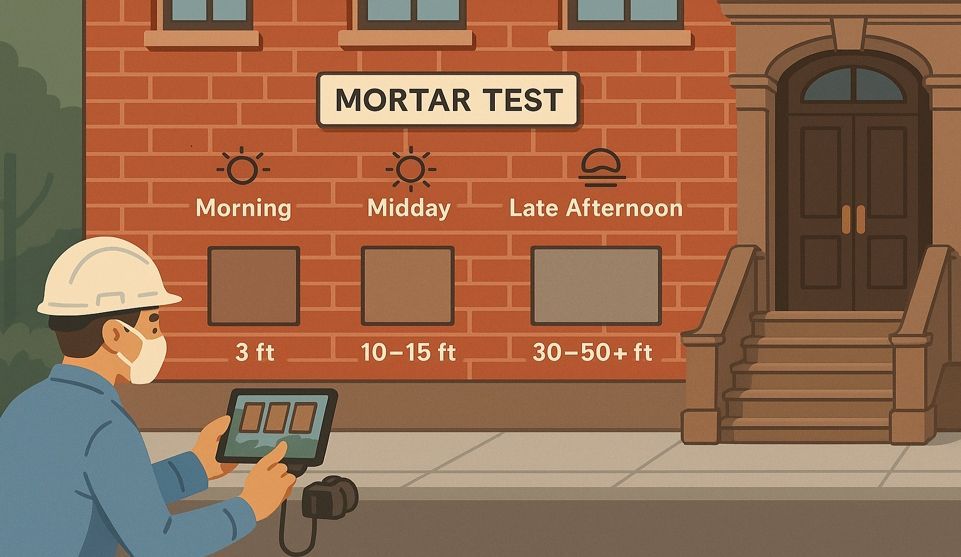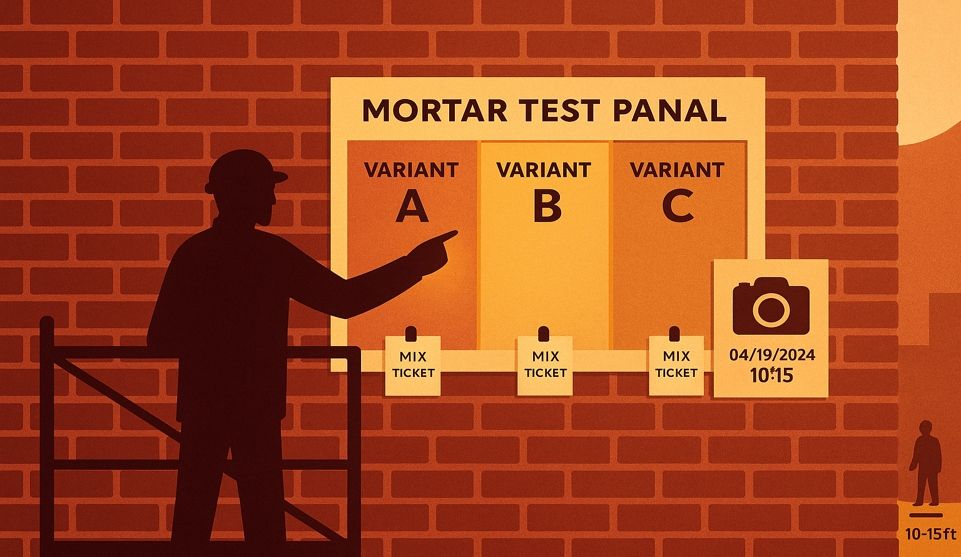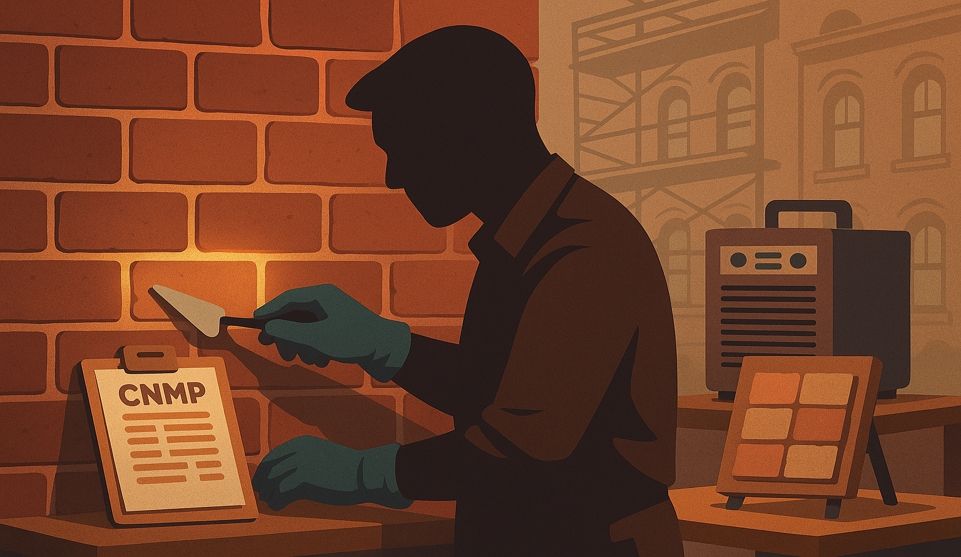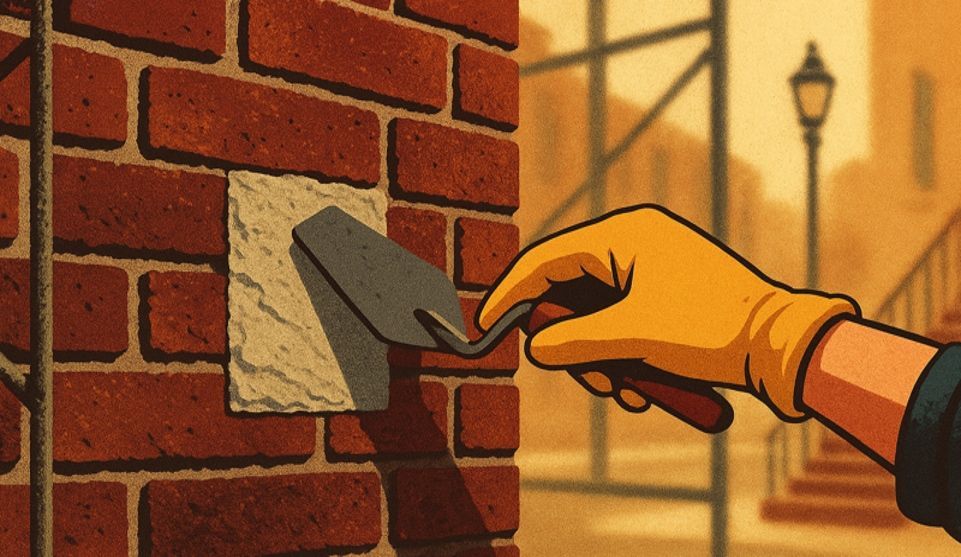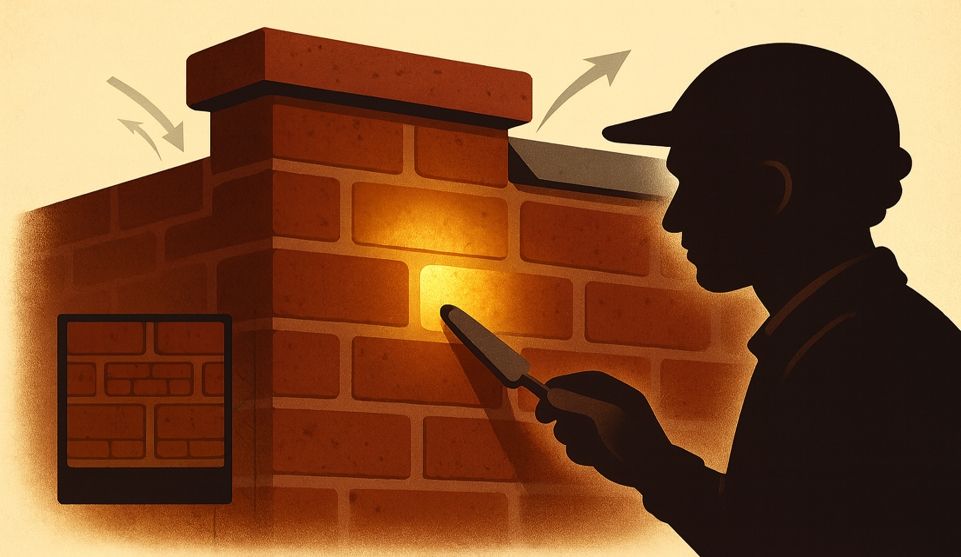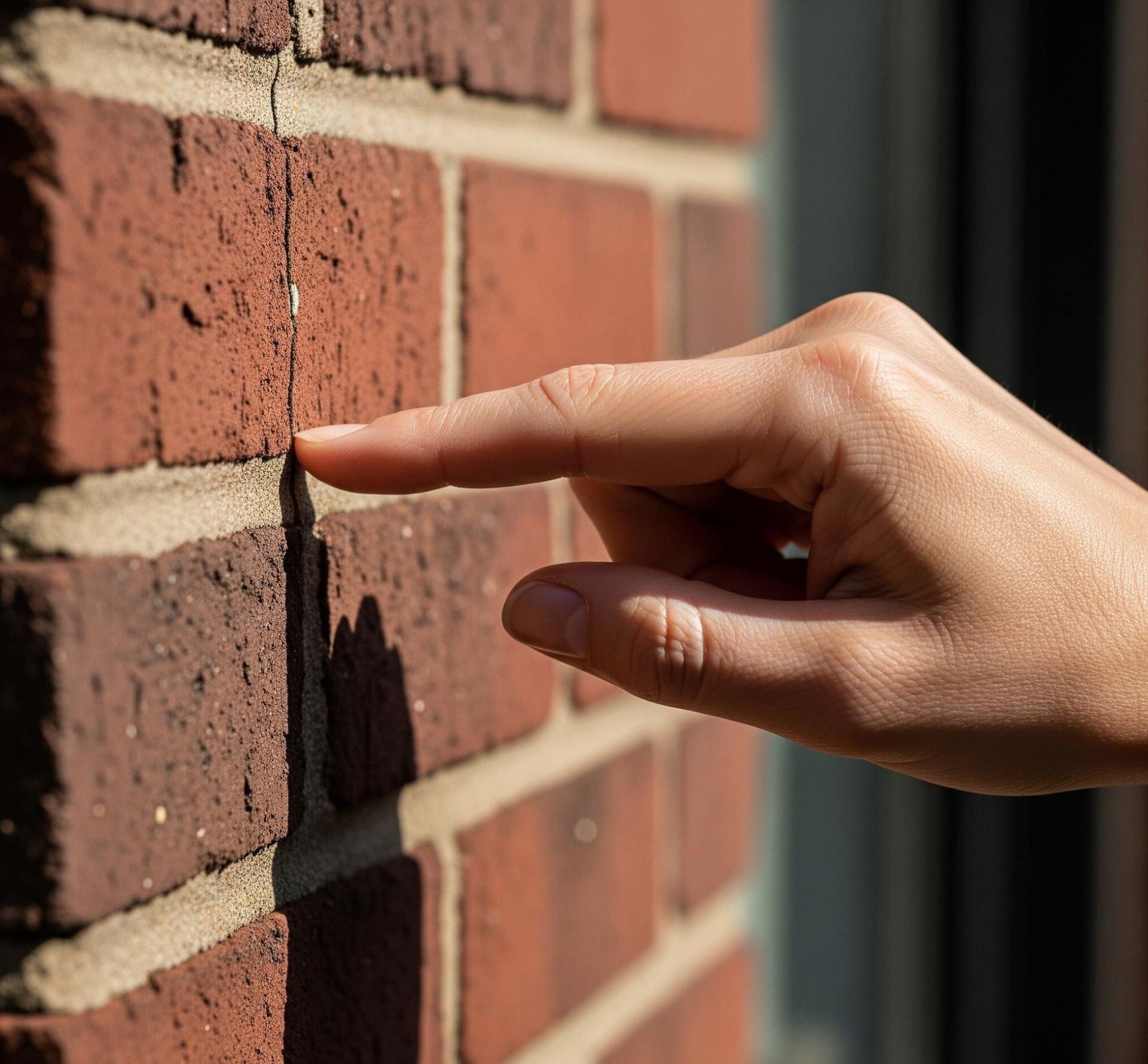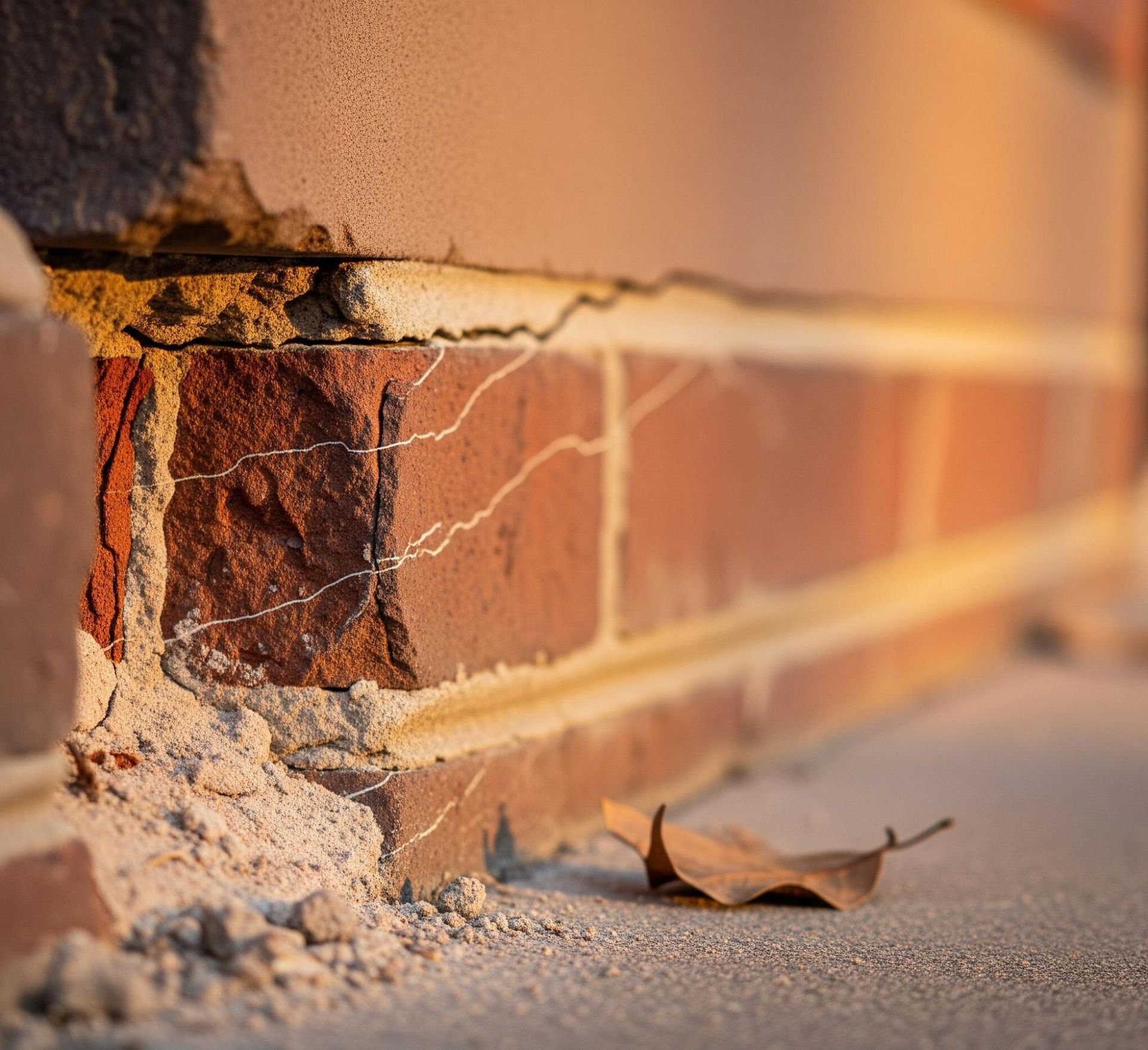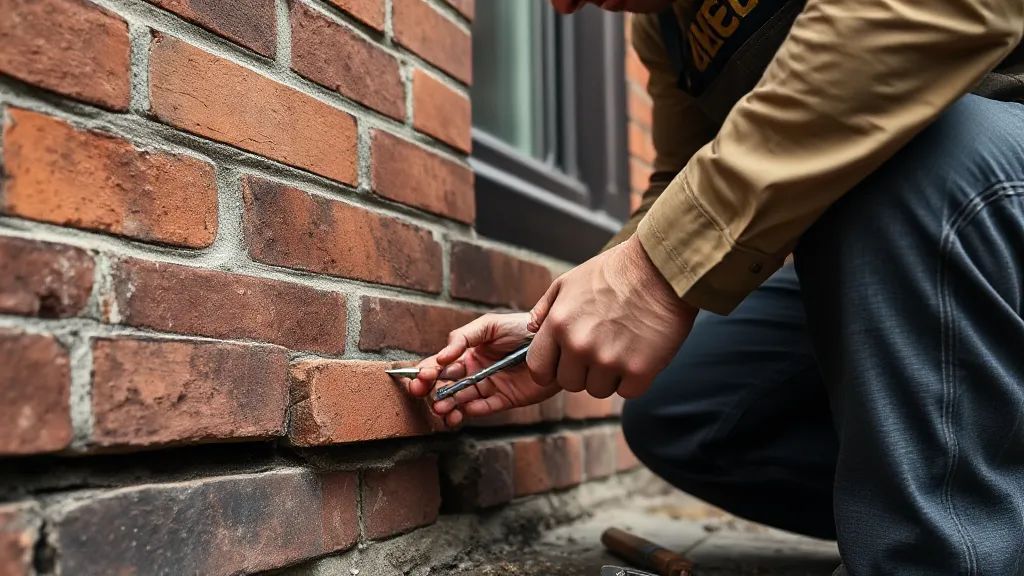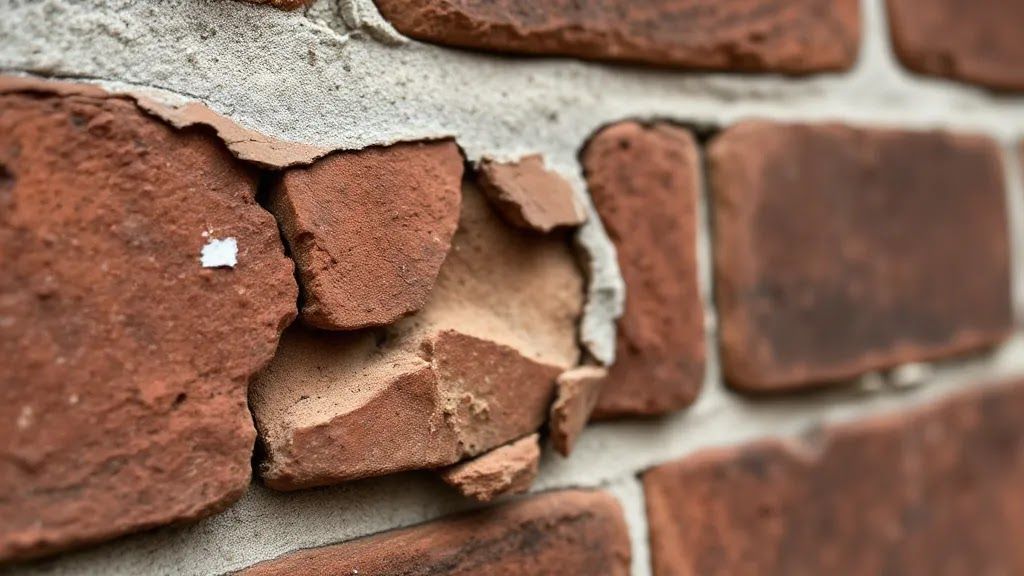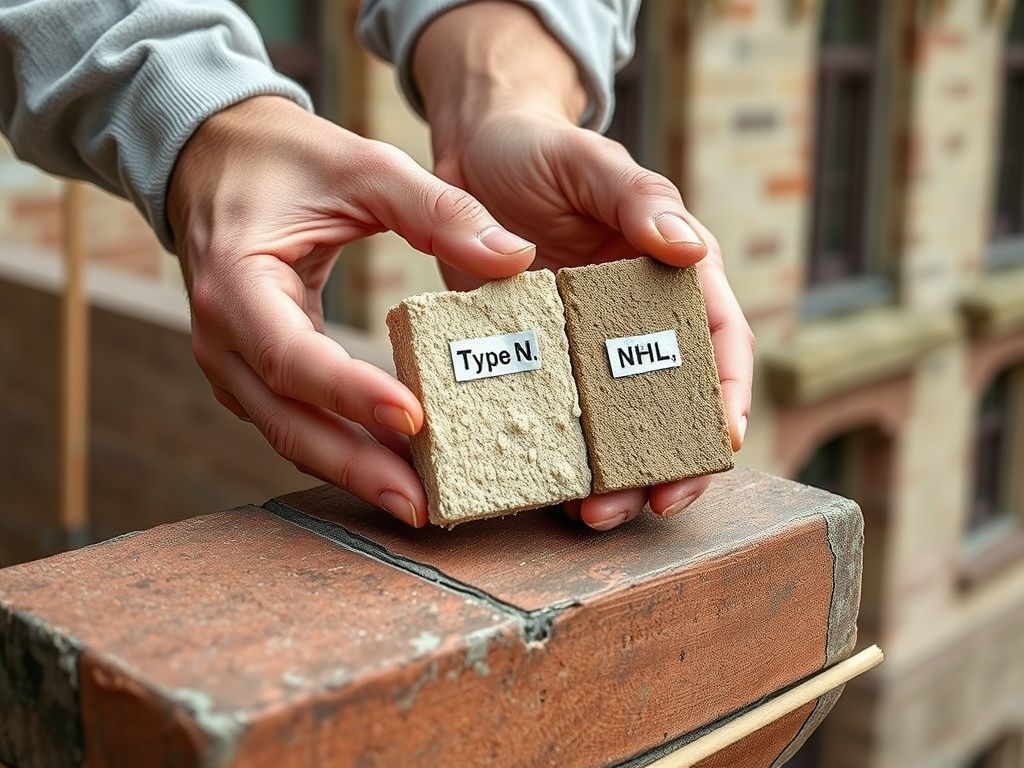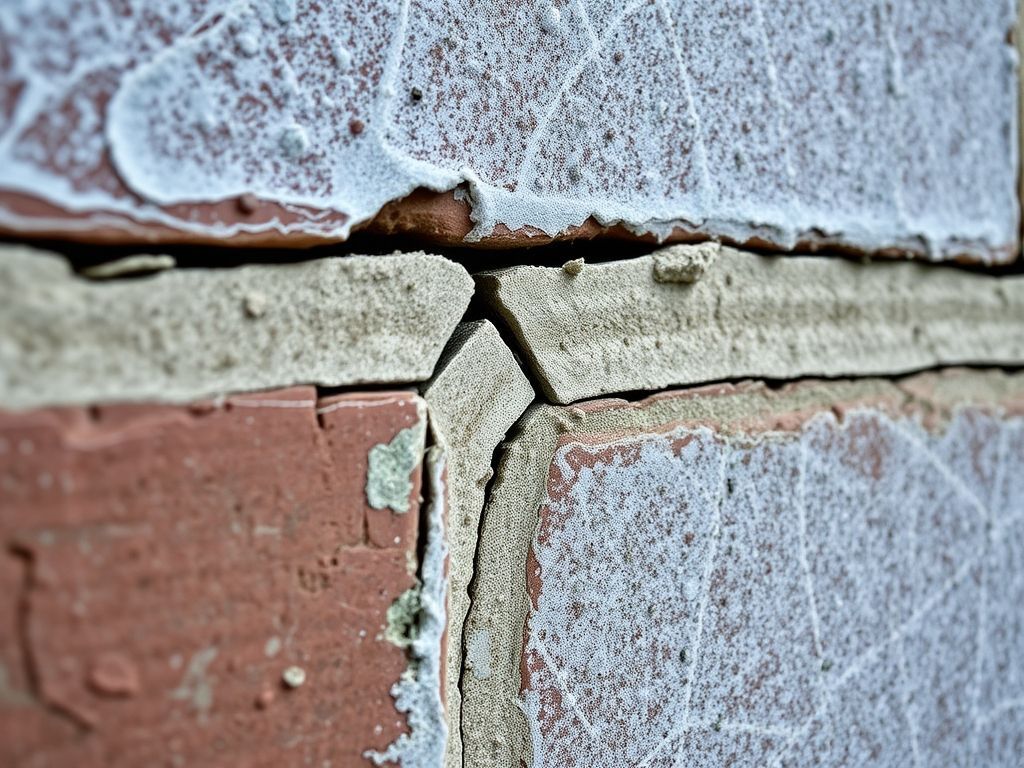A Brooklyn Property Manager's Guide to Building the Business Case for a Facade Restoration
📌 Key Takeaways
Win owner approval by leading with asset protection, risk control, and a clean, investor-minded case.
Reframe as Asset Protection: Position facade restoration as a capital investment that protects long-term viability, safety, and asset value.
Target Root Causes, Not Cosmetics: Eliminate recurring spend by addressing infiltration points like parapets, lintels, and failed flashing instead of surface patches.
Use the 5-Slide Case: Present a concise deck—Problem, Proposed Solution, Financial Implications of Inaction, Projected Value Preservation, Recommendation—to drive a decisive yes.
Pair Cost With Risk: Contrast the one-time restoration with the compounding cost and liability of delay, highlighting reliability and operational continuity.
Prepare Evidence and a Plan B: Bring dated photos, inspection notes, and tenant logs, then document decisions and offer a phased start at the highest-risk areas if needed. Clear structure, credible proof, faster approvals.
Budget pressure. Safety on the line.
The conference room is quiet. A cost-focused owner scans the estimate for masonry and structural repairs while a project slides down the priority list. Outside, hairline cracks spread across a brick parapet. Inside, a faint water stain blooms near a window lintel.
If this scene feels familiar, you’re not alone. Brooklyn property managers live in the middle—responsible for risk mitigation and asset value, yet expected to justify every capital expenditure with hard logic. The goal here is simple: help a manager move an owner from “Why now?” to “Approve the plan.”
Picture the after-state: A concise, data-backed proposal that reframes “repair work” as asset protection. A decision made once, not argued every quarter. Fewer emergencies. Greater long-term viability of the property. That’s the destination.
“A facade restoration isn’t an expense; it’s a capital investment in the long-term viability and safety of your asset.”
The Crime Scene: Deferred Maintenance Becomes a Financial Liability
Small facade defects rarely stay small. Cracks propagate, joints open, and moisture finds the path of least resistance. The visible issues—spalling brick, efflorescence, staining—mask the real costs: repeat patching, tenant disruption, and elevated liability exposure over time. The curve is rarely linear; minor deterioration can accelerate once water gets behind the face.
Visual to embed: a simple “Cost of Repair Over Time” line rising as years pass, contrasted with a flat bar for a one-time restoration. The point is not a precise forecast; it’s the logic of cumulative cost versus decisive intervention—widely accepted in facility management and life-cycle planning. (Whole Building Design Guide)
The Prime Suspect: Root Causes Owners Can’t Ignore
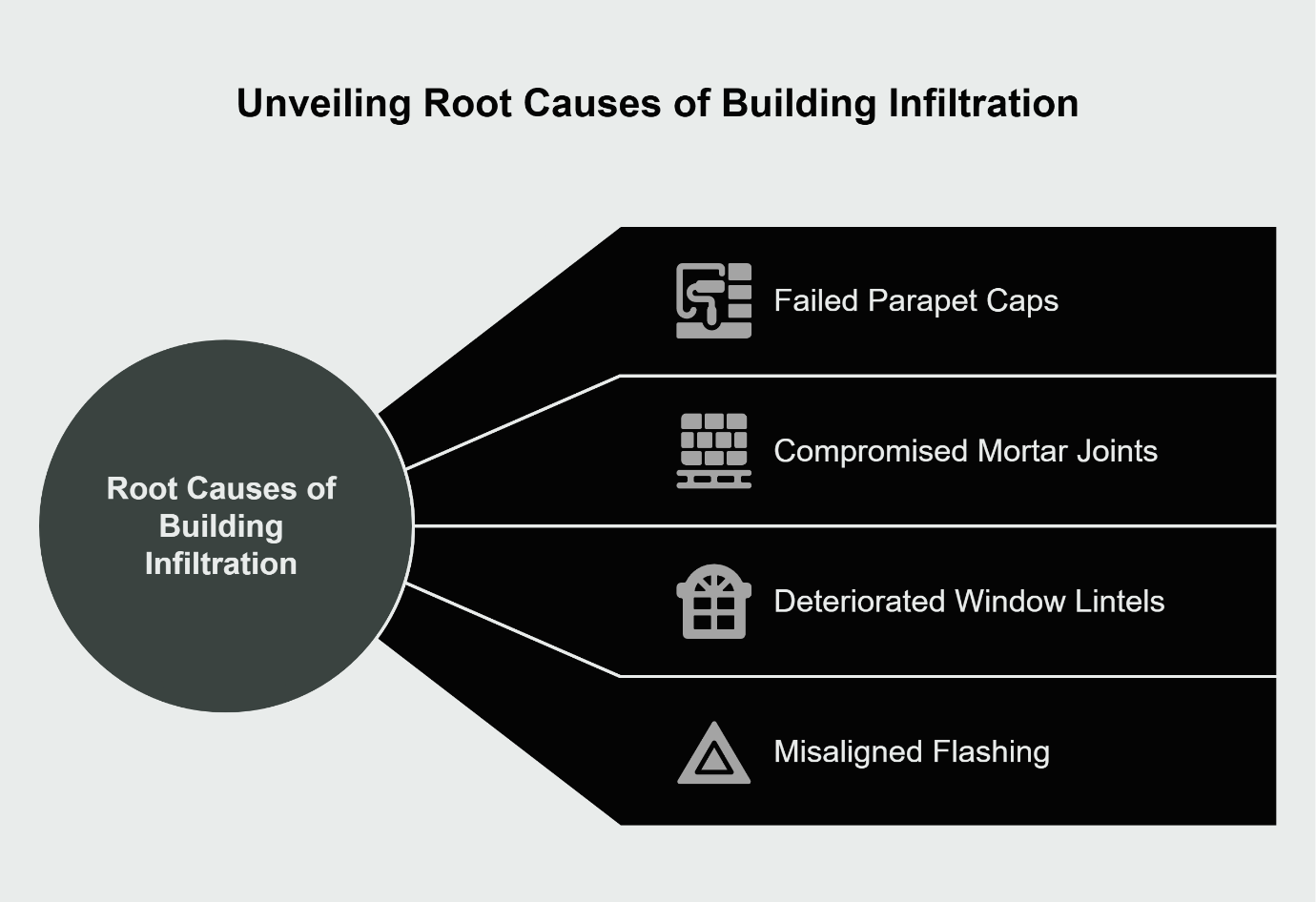
Cosmetic fixes fail when infiltration is active. The typical culprits on Brooklyn’s brick and stone mid-rises are predictable: failed parapet caps, compromised mortar joints, deteriorated window lintels, and clogged or misaligned flashing that diverts water into the wall instead of away from it. Quick patches can reduce appearance issues for a season—though that relief often disappears after the next freeze-thaw cycle. The cycle repeats. Costs compound.
When the failure point is structural or envelope-related, a targeted scope is stronger than surface work. Consider starting where risk concentrates: parapets, lintels, and any location with persistent moisture readings or recurring stains.
- Useful deep-dive pages for scoping and owner education: Parapet wall reconstruction in Brooklyn and window lintel replacement in Brooklyn, NY.
The Expert Witness: Restoration Is Asset Protection
Owners approve what protects value and reduces risk. Framing matters. In commercial real estate, durable improvements that extend service life and enhance safety are typically treated as capital expenditures rather than operating expenses—language that aligns with how investors think about value preservation. (bomabestfieldguide.org)
From a portfolio perspective, proactive building envelope maintenance is a classic risk-management move: it reduces the likelihood and impact of failures, improves predictability of capital plans, and supports future cash flows—principles widely accepted across facility management and life-cycle cost guidance. (Whole Building Design Guide, cdn.ifma.org)
For broader context—and to anchor the conversation in a coherent philosophy—point owners to a comprehensive asset protection framework that connects envelope decisions to overall liability, resilience, and value.
The 5 Key Risks of Deferring Maintenance
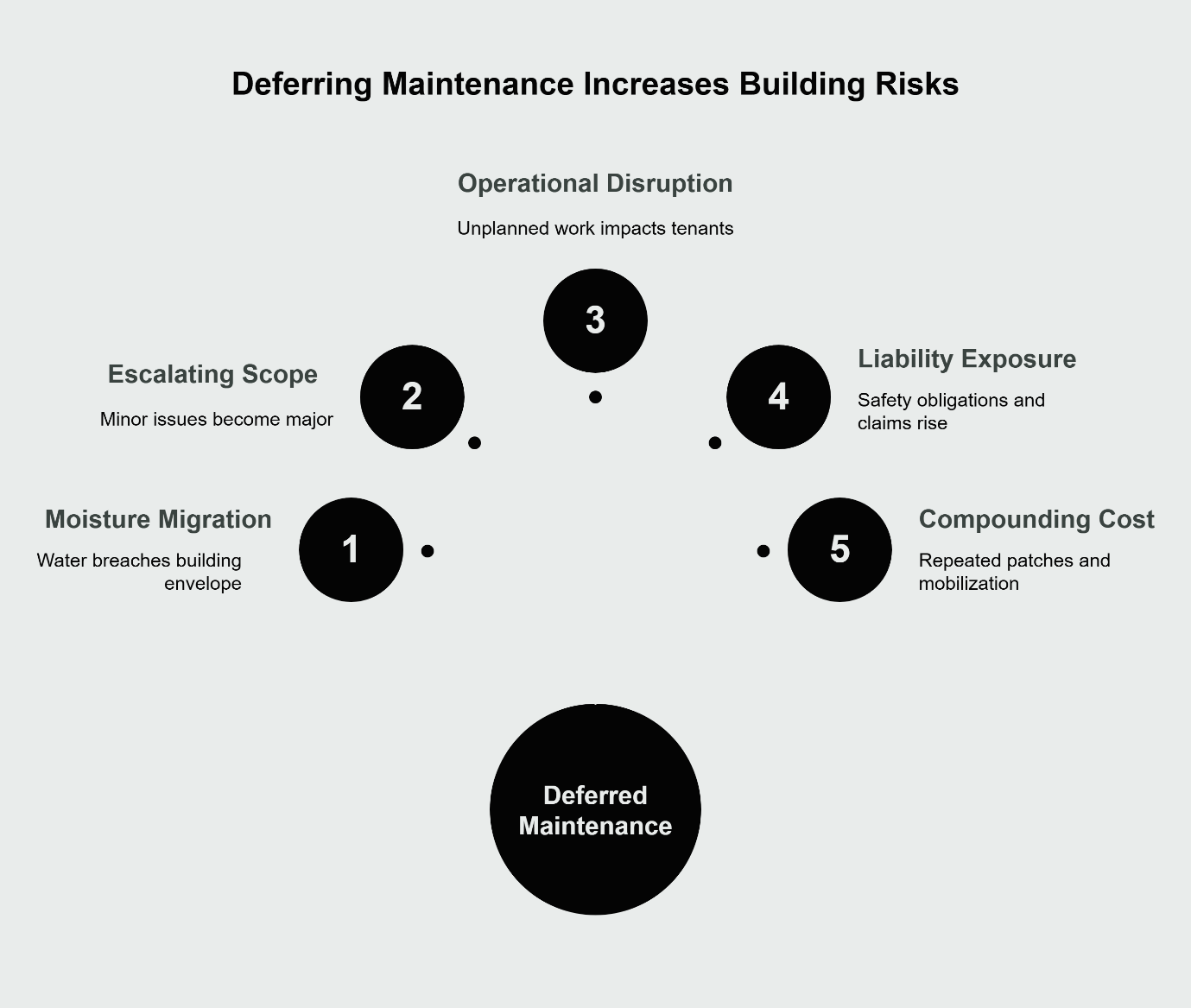
- Hidden Moisture Migration: Small breaches allow water into the wall, increasing internal deterioration and mold risk.
- Escalating Scope: Minor repointing becomes masonry restoration; isolated lintel replacement becomes a stacked-bay program.
- Operational Disruption: Unplanned work collides with tenant operations and leasing needs; sidewalk sheds linger.
- Liability Exposure: Loose masonry and unstable parapets raise safety obligations and potential claims.
- Compounding Cost: Patches repeat; mobilization repeats; access repeats. The total outlay surpasses a planned restoration.
Projecting Long-Term Value Preservation
Approaching facade work as asset protection reframes approval: stabilize the envelope now to reduce emergency calls, protect interiors, and safeguard future cash flows. In established guidance, preventive maintenance and capital renewal are linked with lower life-cycle cost and improved reliability—benefits that support owner objectives even when year-one spend rises. (Whole Building Design Guide, cdn.ifma.org)
Case Closed: The 5-Slide Business Case Template That Gets Projects Approved
Our point of view: A clear, investor-minded structure wins approvals faster than technical detail alone.
Here are the five slides to build your case. Each slide stands on its own, with explicit labels and no outside references required.
1. Problem (Current State and Business Impact)
- What’s happening: Describe location-specific defects (e.g., north parapet cracking; bay-3 lintel rust jacking).
- Why it matters: Tie directly to risk mitigation, potential disruptions, and recurring spend.
- Evidence included: Dated photos, brief inspection excerpts, and a log of related tenant issues.
2. Proposed Solution (Scope and Rationale)
- Scope elements: Parapet rebuild (LF), lintel replacement (count), targeted repointing (%), flashing correction (LF).
- Why this scope: Addresses root causes (moisture path, structural distress), not just appearance.
- Execution notes: Phasing options for occupancy; access plan; estimated timeline.
3. Financial Implications of Inaction (Cost of Delay)
- Trajectory: Summarize the “repeat patch → repeat mobilization → broader failure” pattern.
- Comparative view: One-time restoration vs. multi-year patch cycle. Avoid speculative numbers; focus on cost logic and risk exposure curves grounded in life-cycle practice.
4. Projected Value Preservation (Risk and Reliability)
- Outcome: Lower probability of envelope-related incidents, improved reliability, stabilized interiors.
- Business tie-back: Fewer emergency callouts; clearer capital planning; supports leasing and reputation.
5. Recommendation (Decision and Next Step)
- Decision ask: Approve restoration as a
capital expenditure aligned with owner risk tolerance and hold horizon.
- Immediate next step: Schedule an on-site inspection and confirm scope phasing.
In summary, this template provides the structure for a compelling argument that converts deferred maintenance into a capital plan for long-term viability and safety—exactly what owners need to see to move from hesitation to approval. (bomabest.org)
Common Pitfalls to Avoid When Building Your Case
Focusing Only on Cosmetic Benefits
Owners respond to structural integrity, liability control, and value preservation. Aesthetics are welcome—just not the reason to act.
Presenting a Cost Without Context
A single project number, presented alone, invites a “maybe next quarter” reaction. Pair the restoration cost with the cost of inaction logic and the reliability benefits that a decisive scope delivers.
What If…? Planning for the Owner Still Says “No”
Validate the concern. Offer a path. Two prudent moves keep the manager protected and the property moving forward:
- Document Everything: Send a concise memo that records the observed conditions, recommended scope, and the owner’s decision. This mitigates personal risk and preserves a record if conditions worsen.
- Propose a Phased Approach: Begin with the most critical risk nodes (e.g., unstable parapets, worst-condition lintels). Phase secondary repointing and finishes later.
Real-talk: Look, this is where many proposals stumble—vague scoping and no fallback. Bring a clean phase-one plan to the table so “Not now” becomes “Start with the highest risk.”
A Question You Should Be Asking
What documentation should be gathered before building the case?
A focused dossier strengthens credibility and compresses the decision cycle:
- Dated, clear photos of each defect location.
- Concise, professional inspection notes identifying likely moisture paths.
- A simple log of tenant complaints tied to the facade areas.
- Past “quick-fix” proposals and invoices that failed to resolve the issue.
- A preliminary sequence showing how access and phasing will reduce disruption.
Resources
- Why short-term patches backfire: Why a “Patch Job” Can Be the Most Expensive Repair of All
- What to ask a specialist: Essential Questions to Ask Before Hiring a Heritage Brick Pointing Specialist
- Vetting a contractor in Brooklyn: How to Hire a Historic Masonry Contractor in Brooklyn: An Eight-Point Vetting Checklist
From Property Manager to Asset Strategist
The conversation shifts when the frame changes. Instead of debating a project line item, the owner sees a capital investment that preserves performance, protects occupants, and stabilizes future spend. The manager who brings that clarity becomes the trusted voice in the room.
A brief vignette brings it home. Consider a typical Brooklyn mid-rise with chronic lintel stains and a parapet patched twice in three years.
Before, Mondays began with leak tickets and coordination calls. After a targeted restoration—phased around occupancy—the week starts with a quiet dashboard: no new moisture alerts, no emergency vendor scramble, no hastily hung shed. The portfolio meeting moves on to growth, not repairs.
One final nuance—self-correction matters. Many cases lean on “savings” claims; credible cases lean on risk and reliability first, then costs. That’s usually the most persuasive path—actually, for safety-critical envelope conditions, it’s the only path that sustains trust.
Ready to Protect Your Asset?
Schedule a free on-site inspection to define a scope that addresses root causes, protects interiors, and builds a concise, owner-ready business case. Bring the 5-slide template to the meeting and leave with a plan.
This article provides general information about building a business case for facade restoration for educational purposes. Individual circumstances vary significantly based on factors like building age, specific damage, and local regulations. For personalized guidance tailored to justifying a major capital expenditure for your property, it is recommended to consult with a qualified professional.
Our Editorial Process
Our expert team uses AI tools to help organize and structure our initial drafts. Every piece is then extensively rewritten, fact-checked, and enriched with first-hand insights and experiences by expert humans on our Insights Team to ensure accuracy and clarity.
By the City Suburb Insights Team.
The City Suburb Insights Team is our dedicated engine for synthesizing complex topics into clear, helpful guides. While our content is thoroughly reviewed for clarity and accuracy, it is for informational purposes and should not replace professional advice.

